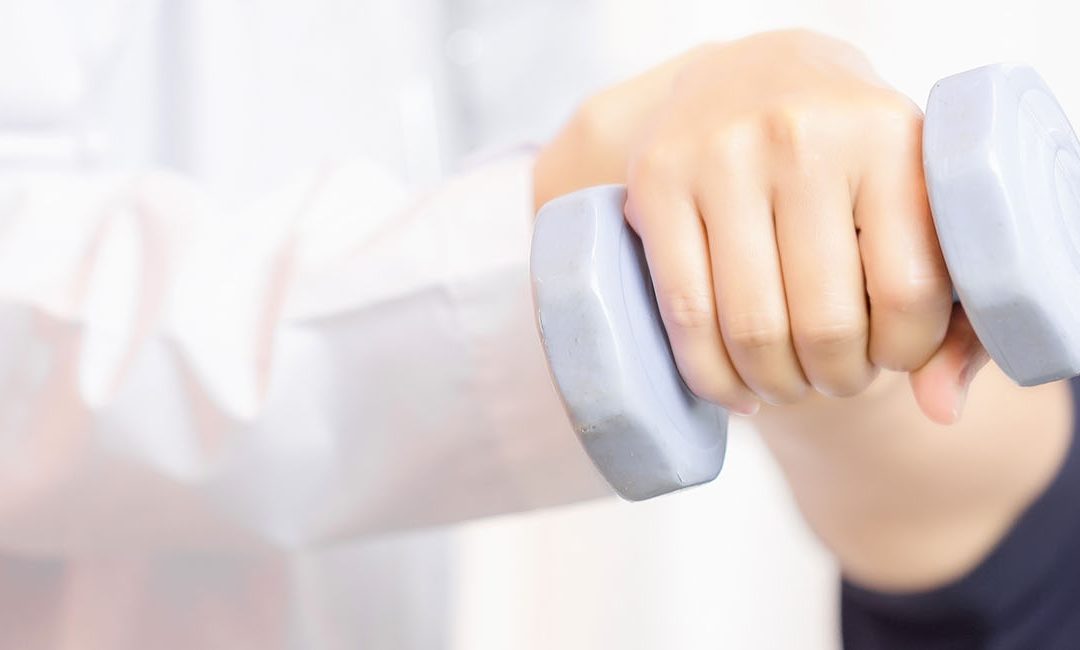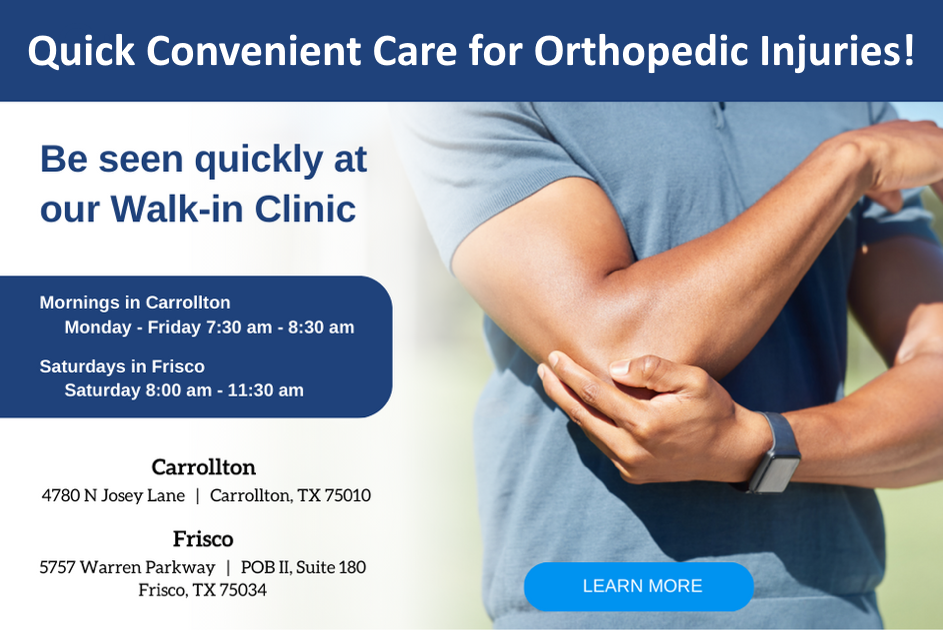The knee is the largest and most complex joint that regulates most of the body movement. It comprises of three major bones- femur, tibia and the patella. These bones are joined and held in their normal anatomical positions by the ligaments. These ligaments are categorized into two groups: Collateral Ligaments- These lay on either side of the knee joint and prevent any abnormal knee movements. These are the Medial Collateral Ligament (MCL) and Lateral Collateral Ligament (LCL) Cruciate Ligaments- There are two ligaments viz. Posterior and Anterior Cruciate Ligaments (PCL and ACL) that cross each other as well as control the back and forth movement of the joint The stability of the knee joint depends on these ligaments and any stress or tear can affect the working of the joint. Tearing or stretching of the ligaments is medically termed as sprain. It may vary from a slight stretch or loosening of the ligament to a complete tear. When more than one ligament is affected, the condition is referred to as Combined Knee Ligament Injury.
Causes
- Sudden change in intensity of physical activity or workout
- Not following a proper warm up and cool down regime before as well as after a sport
- Direct injury or trauma to the joint
- Vehicular accident
- Fall from a height
Symptoms
- Debilitating pain may be felt immediately after the injury
- Difficulty in weight-bearing and movement
- Swelling and inflammation of the joint
- Redness and tenderness
- The knee may feel cold when touched
- The joint is likely to get dislocated as multiple ligaments are damaged at the same time which results in loss of stability
Diagnosis
- Detailed clinical evaluation of the injured joint to check for visible symptoms, whether there is an open wound, loss of sensation and motion as well as muscular strength
- Neurological or nerve tests may be conducted by an orthopedic doctor
- Blood flow to the lower extremities may be checked
- X-ray imaging may be required to diagnose changes in bone position or any other structural damage
- MRI and CT scan may give clear pictures of the ligaments and location as well as severity of the tear/strain. It may also help the doctor decide the mode of treatment that needs to be adopted
Treatment
- Combined Knee Ligament Injury is a serious medical condition that needs immediate medical attention. It may be treated both surgically and non-surgically depending on the severity of injury. The following methods may be recommended by the doctor:
- Bracing – This may be recommended to patients with low-grade injuries, have a moderate level of physical activity or if he is not in a position to undergo surgery. It helps to promote healing of the soft tissues and restoring stability of the joint Antibiotics may be prescribed to prevent infection in case of open wounds
- Arthroscopy- A small camera guided instrument is used to reconstruct the damaged ligaments. The dislocated knee bones may be repositioned and held together by inserting screws and pins
- Surgical grafting to re- construct completely torn ligaments
- Surgical removal of debris and scar tissue In case of damage to the blood vessels or nerves, nerve reconstruction and grafting may be done to restore the sensory functions within the joint
- Physical therapy may be required to restore mobility, muscular strength and prevent joint stiffness
- Activity modification and avoidance of weight bearing may be recommended post-surgery
For treatment of Combined Knee Ligament Injury and other orthopedic conditions, visit OrthoTexas. To schedule an appointment call 972-492-1334.


